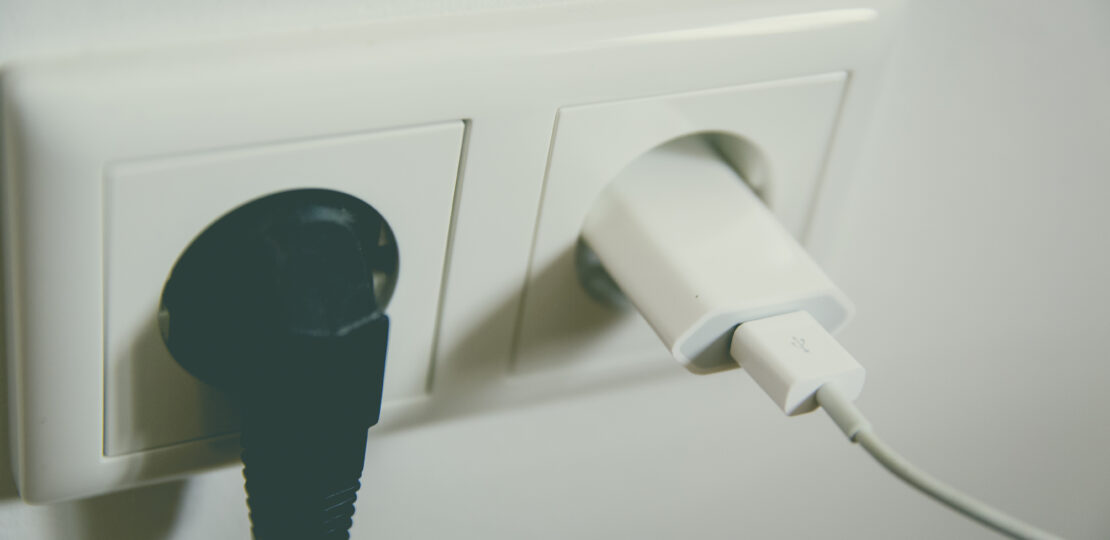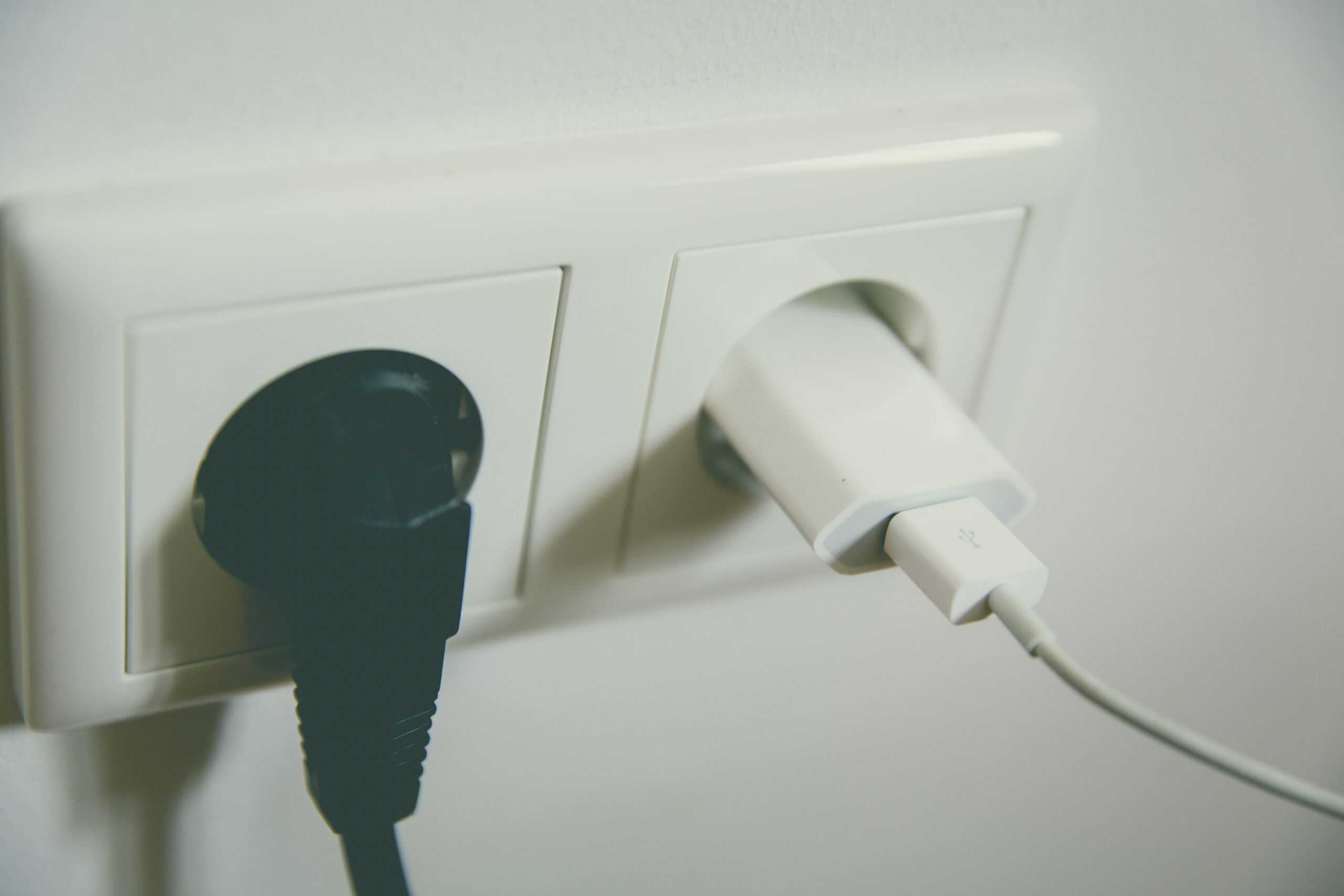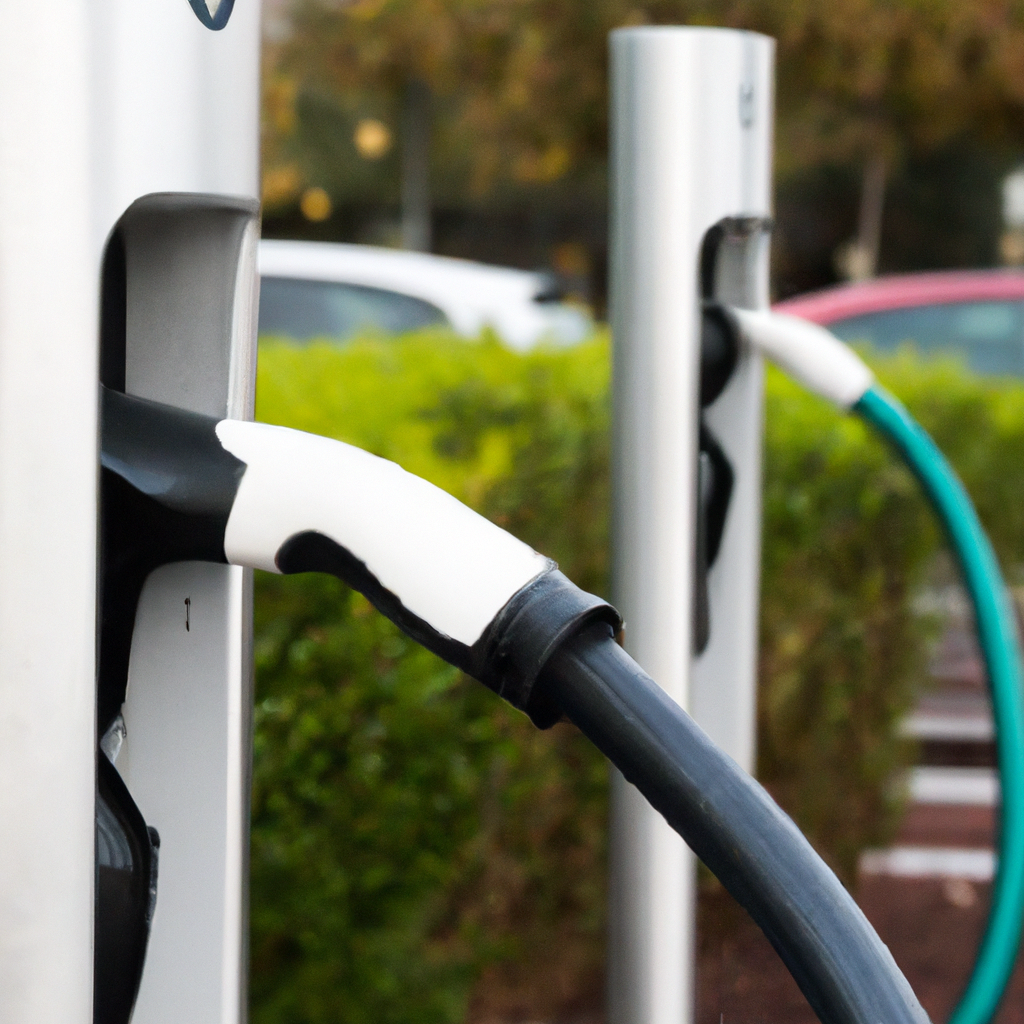EV Charger Standards: CHAdeMO Vs. CCS Vs. Tesla Superchargers
October 22, 2023 | by Jacob Kang

If you’re well-versed in the world of electric vehicles (EVs) and charging stations, then you know that not all chargers are created equal. There are different standards and types of chargers available, each with their own unique features and compatibility. In this article, we’ll be exploring three of the most popular EV charger standards: CHAdeMO, CCS, and Tesla Superchargers. We’ll examine the pros and cons of each, discuss their capabilities, and help you understand which charger might be the best fit for your electric vehicle. So, let’s dive into the world of EV charger standards and find out how these technologies are bringing us closer to a greener and more sustainable future.

EV Charger Standards
Introduction
When it comes to electric vehicle (EV) charging, standardization is key to ensuring seamless compatibility and widespread adoption. With various charging standards available, it can be overwhelming to navigate through the technical details and make an informed decision. In this article, we will explore the three prominent EV charger standards: CHAdeMO, CCS, and Tesla Superchargers. By understanding the history, technicalities, advantages, disadvantages, and real-world performance, you will be better equipped to choose the right charger for your EV.
Overview of EV Charging Standards
EV charging standards are protocols that dictate the communication and physical connection between the charging station and the EV. These standards cover various aspects, including the type of connector, power capacity, and data exchange between the charger and the vehicle. Standardization ensures interoperability, allowing EV owners to charge their vehicles at any compatible charging station, regardless of the manufacturer.
Importance of Standardization
Standardization in EV charging holds immense importance for the growth and acceptance of electric vehicles. Imagine a world where each car manufacturer had its own proprietary charging system – it would be inconvenient and impractical for EV owners to find compatible charging stations. By defining universal standards, the industry ensures that EVs can charge efficiently and seamlessly, irrespective of the charging infrastructure available.
CHAdeMO
History and Overview
CHAdeMO, which stands for “CHArge de MOve,” is a fast-charging standard developed by the CHAdeMO Association, led by Japanese automakers and Tokyo Electric Power Company. Initially introduced in 2009, CHAdeMO quickly gained popularity in Japan and became the first widely adopted fast-charging standard.
Technical Details
CHAdeMO chargers utilize a unique connector that provides both power and communication between the charger and the vehicle. This connector supports high-power DC fast charging, allowing EVs to charge at a maximum power level of around 50 kW.
Compatible Vehicles
Many Japanese and some European EV manufacturers have embraced the CHAdeMO standard. Popular vehicles that are compatible with CHAdeMO chargers include the Nissan Leaf, Mitsubishi i-MiEV, and Kia Soul EV.
Advantages
CHAdeMO chargers have been widely deployed globally, offering a reliable charging solution for compatible EVs. The standard’s early adoption and extensive network make it more accessible in certain regions. Additionally, CHAdeMO chargers have been proven to perform well in extreme weather conditions.
Disadvantages
One disadvantage of the CHAdeMO standard is its limited charging speed compared to newer standards. With a maximum power level of around 50 kW, CHAdeMO chargers may not satisfy the charging needs of EVs that support higher charging speeds. Furthermore, the CHAdeMO connector may not be as versatile as some other standards, limiting its future scalability.
CCS
History and Overview
The Combined Charging System (CCS) is a standard developed by leading international automakers, including American, European, and Asian manufacturers. CCS aims to combine both AC and DC charging modes into a single system, providing greater flexibility and compatibility.
Technical Details
CCS chargers use a connector that incorporates the Type 1 or Type 2 AC charging interface and an additional set of DC pins. This allows EVs to charge using both AC and DC power sources, making it easier to find compatible charging infrastructure. CCS supports various charging speeds, ranging from 50 kW up to 350 kW or more in the latest Ultra-fast Charging systems.
Compatible Vehicles
CCS is widely adopted by most major automakers globally, including BMW, Volkswagen, Ford, and General Motors. Many EV models, such as the BMW i3, Volkswagen ID.4, and Ford Mustang Mach-E, come equipped with CCS-compliant charging ports.
Advantages
The versatility of CCS chargers, supporting both AC and DC charging, makes them a favorable choice for many EV owners. With the support of major automakers, CCS has gained significant traction and continues to expand its charging network. The ability to handle high-power charging, reaching up to 350 kW, allows for faster charging times.
Disadvantages
One disadvantage of CCS is that the charging infrastructure is still in the process of rolling out in certain regions. Availability might be limited compared to other standards, especially in areas with fewer charging stations. Furthermore, while many new EV models are now CCS-compatible, older EVs may require additional adapters to use CCS chargers.
Tesla Superchargers
History and Overview
Tesla Superchargers are a proprietary charging network developed and operated exclusively by Tesla, one of the leading electric automakers globally. Tesla introduced the Supercharger network in 2012, aiming to provide faster and more convenient charging options for its vehicles.
Technical Details
Tesla Superchargers use a unique connector designed specifically for Tesla vehicles. These chargers offer high-power DC fast charging, ranging from 72 kW to 250 kW in newer versions. The Tesla Supercharger network includes both urban and long-distance charging stations strategically located along major travel routes.
Compatible Vehicles
Tesla Superchargers are designed exclusively for Tesla electric vehicles, including the Model S, Model 3, Model X, and Model Y. These vehicles come equipped with the proprietary Tesla charging port, which is not compatible with other charging standards.
Advantages
One significant advantage of Tesla Superchargers is their charging speed. With the ability to charge at up to 250 kW, Tesla owners can enjoy rapid charging times, reducing the overall charging duration significantly. Additionally, Tesla’s extensive Supercharger network provides excellent coverage across many countries, making long-distance travel more feasible for Tesla owners.
Disadvantages
The main disadvantage of Tesla Superchargers is their exclusivity to Tesla vehicles. If you own a non-Tesla EV, you won’t be able to utilize Superchargers. This limitation can be a deterrent for EV owners considering a non-Tesla electric vehicle due to the lack of charging compatibility. Additionally, since Tesla Superchargers are proprietary, they are not as widely distributed as other charging networks, potentially impacting accessibility in certain areas.

Comparison of Charging Speed
CHAdeMO Charging Speed
CHAdeMO chargers typically offer charging speeds ranging from 30 kW to 50 kW. While this charging speed is sufficient for most EVs, it may not be as fast as other standards available.
CCS Charging Speed
CCS chargers provide a wide range of charging speeds, starting from 50 kW and scaling up to 350 kW or more in the latest Ultra-fast charging systems. The ability to support higher charging speeds enables faster charging times for compatible EVs.
Tesla Superchargers Charging Speed
Tesla Superchargers offer charging speeds of up to 250 kW, making them one of the fastest charging options available. This high-power charging capability significantly reduces charging times for Tesla vehicles.
Real-world Performance Comparison
In real-world scenarios, the charging speed can vary depending on factors such as battery capacity, state of charge, and temperature. While Tesla Superchargers might offer the fastest charging speeds, the overall charging experience may still depend on various factors specific to the vehicle and the charging infrastructure.
Availability and Accessibility
Global Coverage
CHAdeMO, CCS, and Tesla Superchargers have been expanding their charging networks globally, aiming to offer wide coverage. However, availability and accessibility can vary by region and country. It’s important to consider the charging infrastructure in your specific area when choosing an EV charger.
Charging Network Partnerships
Many charging network operators collaborate with different charging standards to enhance accessibility and convenience for EV owners. These partnerships allow EV drivers to access charging stations that support other standards, further expanding their charging options.
Charger Location Accessibility
The accessibility of charging stations is crucial for EV owners, especially when planning long-distance trips. The availability of charging stations along major highways and in urban areas can significantly impact the convenience and usability of a particular charging standard.

Charging Infrastructure Costs
Initial Setup Cost
The establishment of charging infrastructure involves significant investment, including the cost of charger installation, electrical upgrades, and network connectivity. While the costs can vary based on location and specific requirements, it’s important to consider the initial setup cost when evaluating different charging standards.
Maintenance and Upkeep Cost
Alongside the initial setup cost, ongoing maintenance and upkeep expenses are also factors to consider. Chargers require periodic maintenance to ensure their optimal functionality and reliability. Understanding the long-term maintenance requirements and associated costs is important for both charging station operators and EV owners.
Charging Efficiency and Compatibility
Efficiency of Charging Process
Charging efficiency refers to how effectively and quickly an EV can charge using a particular charging standard. Factors such as charging power, voltage, and the battery management system can influence the overall charging efficiency. It’s essential to consider the charging efficiency of a standard to maximize the charging speed and minimize energy losses during the charging process.
Compatibility with Future EV Models
As EV technology evolves, newer models may support higher charging speeds or implement different charging protocols. It’s important to assess the compatibility of a charging standard with future EV models to ensure long-term usability and flexibility.

Future-proofing and Upgradability
Ability to Adapt to New Technologies
The EV market is continuously evolving, with new technologies, higher charging speeds, and improved battery technologies emerging. An important aspect to consider when choosing an EV charger standard is its ability to adapt to these future technological advancements.
Upgradability Options
Some charging standards offer upgradability options, allowing existing charging stations to be retrofitted or upgraded to support higher charging speeds or different protocols. Considering the upgradability options can provide more flexibility in the future, especially as EV charging technology progresses.
Conclusion
Choosing the right EV charger standard is crucial for the optimal charging experience and long-term usability of your electric vehicle. By weighing the advantages, disadvantages, charging speeds, availability, accessibility, infrastructure costs, efficiency, and compatibility, you can make an informed decision tailored to your specific needs. Remember, the EV charging landscape is continually evolving, and as more technological advancements and collaborations emerge, new standards may surface. Keep an eye on the ongoing evolution of standards to stay up to date with the latest developments in the world of EV chargers.
RELATED POSTS
View all


